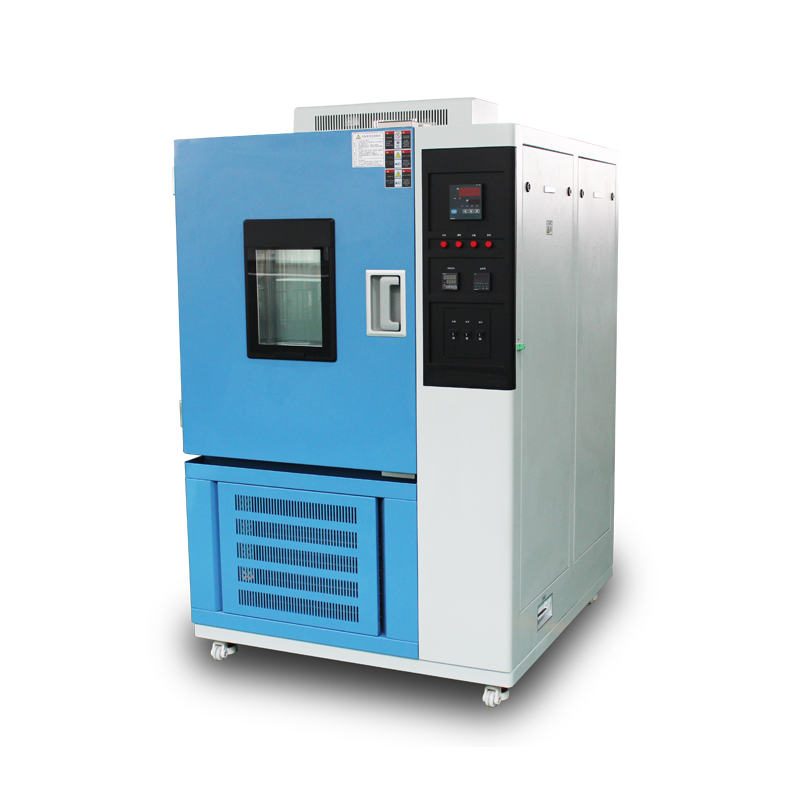

A low-temperature test chamber can accommodate multiple test specimens, but are there specific requirements regarding the location and quantity of test points? Today, we will introduce the guidelines for test point placement and quantity in such equipment.
1. Three Standard Test Levels
Inside a low-temperature test chamber, there are typically three horizontal test planes: upper, middle, and lower.
The upper plane is usually positioned at 1/10 of the chamber’s height from the top.
The middle plane is located at the geometric center of the workspace.
The lower plane is placed 10 mm above the bottom sample rack.

2. Placement of Test Specimens
The primary test specimen (for central monitoring) should be placed at the geometric center of the workspace.
Other test specimens should maintain a distance of at least 1/10 of the chamber’s perimeter from the walls.
For chambers with a working volume ≤ 1 m³, the minimum distance should be ≥ 50 mm.
3. Relationship Between Chamber Capacity and Number of Specimens
If the chamber’s working volume is < 2 m³, the recommended number of test specimens is 9.
If the volume is ≥ 2 m³, the recommended number increases to 15.
The total number of specimens generally increases with chamber capacity to ensure representative testing.
Now that you have a basic understanding of test point placement and quantity in low-temperature test chambers, you may consult our technical experts for further details.
About Our Low-Temperature Test Chambers
Our low-temperature test chambers are designed to evaluate the storage and operational adaptability of electronic and other products under cyclic low-temperature conditions. These tests help optimize material selection, ensuring better performance in cold environments.
To meet growing market demand, we offer various chamber sizes with the following features:
✅ High-density insulation for superior thermal retention
✅ Microcomputer-controlled temperature adjustment with digital display
✅ High automation for precise and stable testing
We welcome all interested clients to visit our facility for equipment demonstrations and project discussions. Let’s collaborate to develop reliable testing solutions!